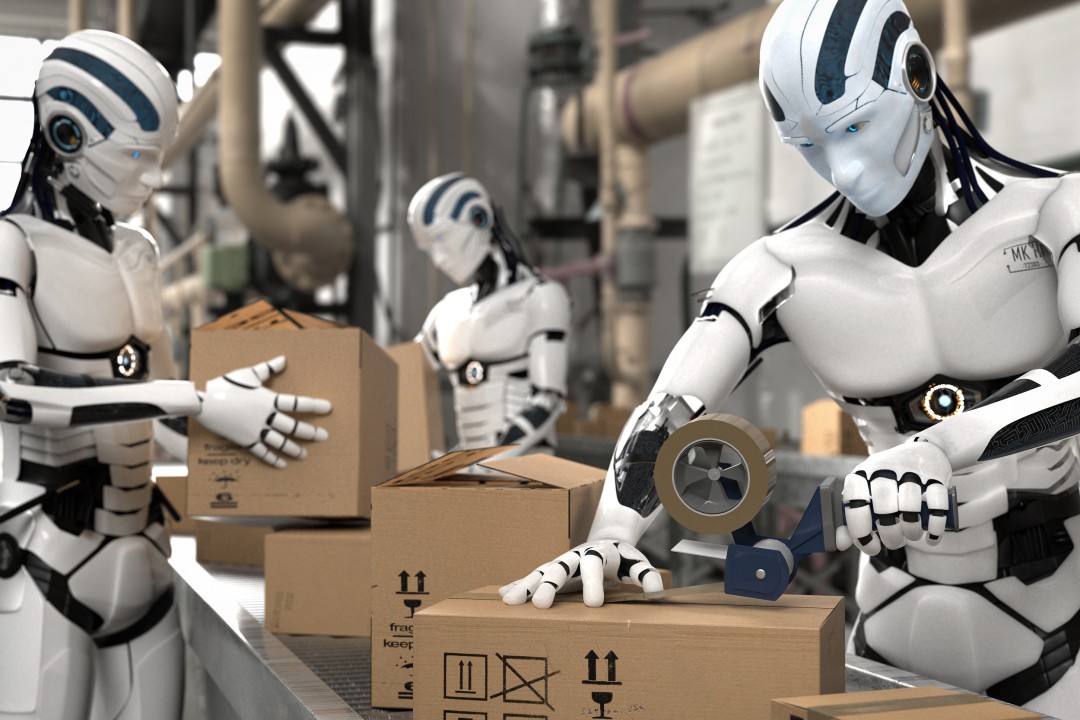In today’s rapidly evolving technological landscape, robots have become an essential part of various industries, from manufacturing and healthcare to space exploration and entertainment. By knowing robotics students can understand the technology better.
Robotics is a fascinating field that has captured the imaginations of students and educators alike. Introducing robotics education to school students not only sparks their interest in STEM (Science, Technology, Engineering, and Mathematics) but also cultivate problem-solving skills, creativity, and teamwork. As students delve into the world of robotics, they encounter different types of robot prototypes that serve as excellent learning tools. In this blog post, we’ll explore some of the types of robot prototypes ideal for school students to enhance their robotics knowledge and hands-on experience.
1. Wheeled Robots:
Wheeled robots are an excellent starting point for school students in robotics education. These robots move on wheels, making them easy to control and navigate. They come in various sizes and shapes, ranging from simple two-wheeled robots to more complex four-wheeled ones. Wheeled robots can be programmed to perform tasks like line-following, obstacle avoidance, and exploring mazes. Building and programming these robots allow students to understand the fundamentals of robot mechanics and locomotion.
2. Robotic Arms:
Robotic arms are intriguing prototypes that mimic human arms’ movements and functionalities. They consist of joints and links, allowing them to perform precise movements in different directions. Students can experiment with robotic arms to understand concepts like kinematics, coordinate systems, and end-effector control. They can program these arms to grasp objects, move them from one place to another, and perform intricate tasks, simulating industrial robotic applications.
3. Humanoid Robots:
Humanoid robots are robots that resemble the human body in terms of shape and movement. While they might not be as sophisticated as the ones seen in sci-fi movies, there are simplified humanoid robot prototypes designed for educational purposes. Students can work with these robots to learn about balance, gait, and bipedal locomotion. Additionally, humanoid robots can be programmed to mimic simple human gestures, like waving or picking up objects, providing a glimpse into the challenges of creating robots that interact with humans.
4. Arduino-based Robots:
Arduino-based robots are popular among students and hobbyists due to their versatility and ease of use. Arduino is an open-source microcontroller platform that allows users to create various robotic projects using simple coding and electronics. Students can build and program robots with sensors, motors, and actuators using Arduino, opening up endless possibilities for creative projects. From temperature-controlled robots to automated gardening systems, Arduino-based robots enable students to explore real-life applications of robotics.
5. Swarm Robots:
Swarm robotics is an exciting area of study that involves multiple robots working together in a coordinated manner to accomplish tasks. For school students, working with a small swarm of robots can be both educational and engaging. They can learn about swarm algorithms, communication protocols, and collective behavior. Activities like simulating foraging behavior, exploring pattern formations, or even playing interactive swarm robot games can provide valuable insights into how a group of robots can solve problems collectively.
6. Line-following Robots:
Line-following robots are a classic and straightforward prototype that helps students grasp the concepts of sensors and feedback control. These robots use infrared sensors to detect and follow lines on the ground. Students can program these robots to navigate through complex paths, turning the activity into a fun and interactive challenge. Line-following robots are an excellent way to introduce basic concepts of robotics while allowing students to experiment with different sensor placements and algorithms.
Conclusion:
Robotics education offers an exciting and enriching experience for school students, nurturing their curiosity and problem-solving abilities. Through various robot prototypes, students can explore the principles of mechanics, electronics, programming, and artificial intelligence. From wheeled rob ots and robotic arms to humanoid robots and swarm robots, the diverse range of robot prototypes caters to different interests and skill levels.
By engaging in hands-on projects and collaborative learning, students not only gain knowledge about robotics but also develop essential skills like critical thinking, teamwork, and creativity. As robotics continues to shape the future, empowering students with these invaluable experiences prepares them to become the innovators and leaders of tomorrow.


